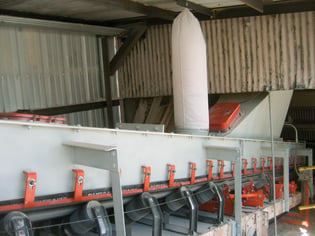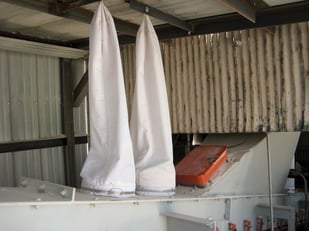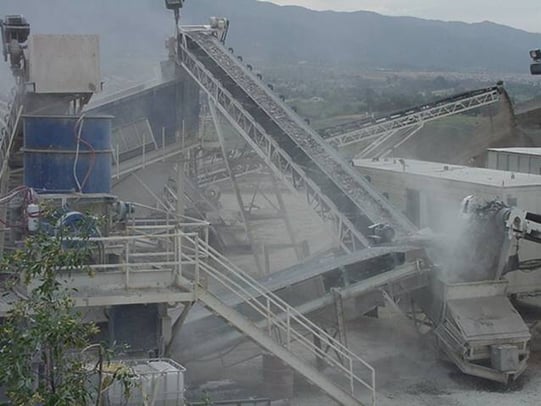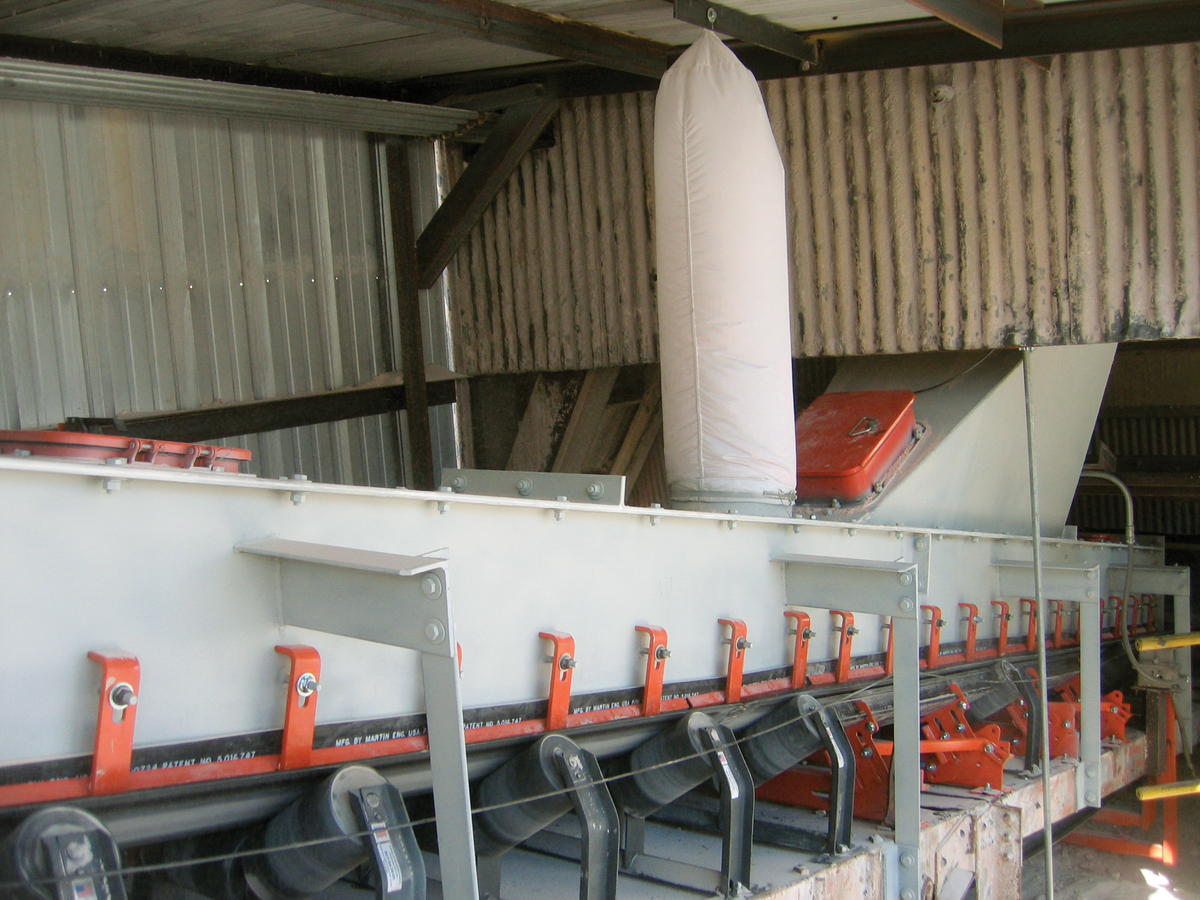By Jerad Heitzler on Jan 21, 2022 10:32:20 AM
Passive dust control methods are ways to control dust without “capturing” or “suppressing.” Manipulating the air speed is a common method. That statement is how I started a recent material handing webinar.
 While hosting the webinar on passive dust control, I discussed the differences between active dust control, such as collection and suppression systems, and passive dust control. It seemed an appropriate topic to offer a webinar on as I sometimes hear from conveyor users utilizing dust collection methods that still are experiencing some level of dust. Passive dust control does not rely on external supplies such as water or electricity. Passive dust control methods are less expensive and commonly underutilized.
While hosting the webinar on passive dust control, I discussed the differences between active dust control, such as collection and suppression systems, and passive dust control. It seemed an appropriate topic to offer a webinar on as I sometimes hear from conveyor users utilizing dust collection methods that still are experiencing some level of dust. Passive dust control does not rely on external supplies such as water or electricity. Passive dust control methods are less expensive and commonly underutilized.
After the webinar, I was overwhelmed with the number of calls and emails I received inquiring about dust bags. It seemed many people had not heard of dust bags before, which is unfortunate as they are very effective, inexpensive, and easy to install.

We have offered dust bags for many years, even though we don't give them the attention they deserve. Dust bags work well on transfer points because they relieve air pressure from conveyor load zones. When installed on a conveyor cover, they vent the air while collecting the dust from the air. When positive pressure stops, the bag will collapse and dislodge the collected material back onto the belt. It seems like a simple concept because it is. With the help of a curtain, the bag fills as the quantity of air is high. Some of that air vents through the bag but the dust is contained by the bag. When the airflow stops, the captured dust settles.
Bags are typically offered in either standard or static dissipating options. They come with a 12” or 24” diameter to fit different widths of chutes. They can be specified on a new conveyor or a load zone upgrade. With some minor fabrication, they can typically be installed on existing chute work.

If load zones in your facility are spewing out dust, don’t freak out. Don’t adjust existing collection systems. Instead, consider adding a  followed by a
followed by a  or two. Watch the webinar I hosted a few weeks ago and consider passive dust control techniques that might be right for your operation. Plants should NOT live with dust, they don’t need to when there are effective solutions readily available.
or two. Watch the webinar I hosted a few weeks ago and consider passive dust control techniques that might be right for your operation. Plants should NOT live with dust, they don’t need to when there are effective solutions readily available.



comments